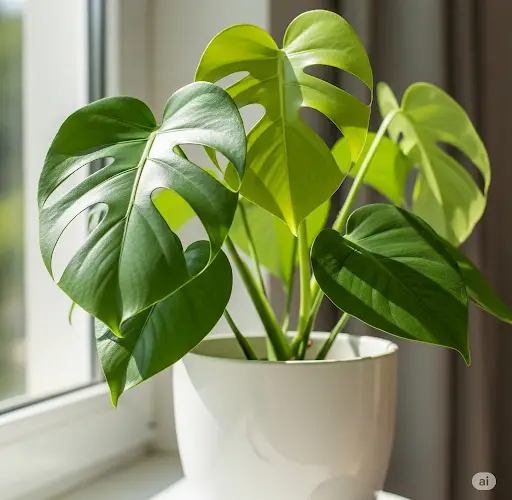If you’ve ever wished your houseplants would bloom faster, brighter, and longer—without constant fertilizing or chemical sprays—there’s a surprisingly easy trick that’s gaining popularity among experienced indoor gardeners. It involves just two affordable and accessible tablets that, when used correctly, can trigger a lush blooming response in many common flowering plants.
Whether your plant has stopped producing flowers or you want to supercharge its growth, this method can help rejuvenate even weak or dormant plants. Here’s everything you need to know.
Why Use Tablets for Flowering?
Plants, like all living organisms, need nutrients to thrive. But sometimes, they require a little boost—especially when the soil is depleted or the plant is recovering from stress. These two-tablet boosters deliver micronutrients directly to the root zone, acting as slow-release stimulants that encourage bud development, improve root strength, and promote richer foliage.
This approach is especially useful for flowering plants such as:
-
Geraniums
-
Begonias
-
Spathiphyllum (Peace Lily)
-
Anthuriums
-
Orchids
-
Hibiscus
-
Petunias
-
Roses in pots
When applied correctly, these tablets can wake up the plant’s metabolism, stimulating both flowering and overall health.
What Are the Tablets?
The two tablets used are common in household medicine cabinets and easily available at any pharmacy: activated charcoal and aspirin.
-
Activated Charcoal (1 tablet): Known for its detoxifying properties, it absorbs toxins in the soil, neutralizes harmful bacteria, and creates a cleaner environment for root development.
-
Aspirin (1 tablet, 500 mg): Contains salicylic acid, a natural plant hormone that enhances a plant’s immunity, encourages blooming, and improves its resistance to stress.
These tablets mimic natural growth triggers and have been found to stimulate floral activity in a surprisingly short time.
How to Apply Them
-
Crush one aspirin and one activated charcoal tablet into a fine powder.
-
Sprinkle the powder around the root zone of the plant, directly on the surface of the soil.
-
Water lightly to help the powders absorb into the root system. Do not overwater.
-
Repeat this method once every 4–6 weeks for ongoing stimulation.
Alternatively, you can dissolve the tablets in water and apply the solution as a root drench:
-
Dissolve 1 aspirin + 1 activated charcoal in 1 liter of lukewarm, settled water.
-
Stir well until fully dissolved.
-
Water the plant as usual, focusing on the base and avoiding the leaves.
This method delivers the compounds directly to the root system for faster absorption.
What Results to Expect
If applied correctly, many users notice:
-
Visible leaf greening within a week
-
Enhanced bud formation within 10–14 days
-
Continuous blooming in healthy plants
-
Recovery in plants that had previously stopped flowering
This method is especially effective when used in combination with proper care routines—bright indirect light, moderate humidity, and correct watering schedules.
Other Tips for Maximum Blooming
To complement this tablet method, make sure your plant’s environment supports flowering:
-
Sunlight: Ensure 5–6 hours of indirect but bright light daily. Lack of light is a top reason plants stop blooming.
-
Humidity: For tropical plants like orchids and anthuriums, humidity should be at least 50%.
-
Pruning: Deadhead spent blooms to redirect the plant’s energy to new flowers.
-
Repotting: If the plant is root-bound, consider repotting into a slightly larger container with fresh, well-draining soil.
Caution and Considerations
While aspirin and charcoal are generally safe for most flowering houseplants, always test a small amount first if you’re unsure about how your plant will react. Avoid applying this method more than once a month, as overuse may lead to root sensitivity or leaf spotting.
Also, this method is not a substitute for proper plant care—light, water, soil quality, and air circulation all remain essential. Think of the tablets as a powerful supplement, not a replacement.
Conclusion
Using just two inexpensive and easily available tablets—aspirin and activated charcoal—you can significantly boost the flowering potential of your indoor plants. Whether your goal is to revive a struggling flower or keep a healthy one blooming year-round, this technique is a fast and effective way to make your indoor garden more vibrant and rewarding.
With consistent use and proper care, your plants will not just survive—they’ll thrive and bloom like never before.



